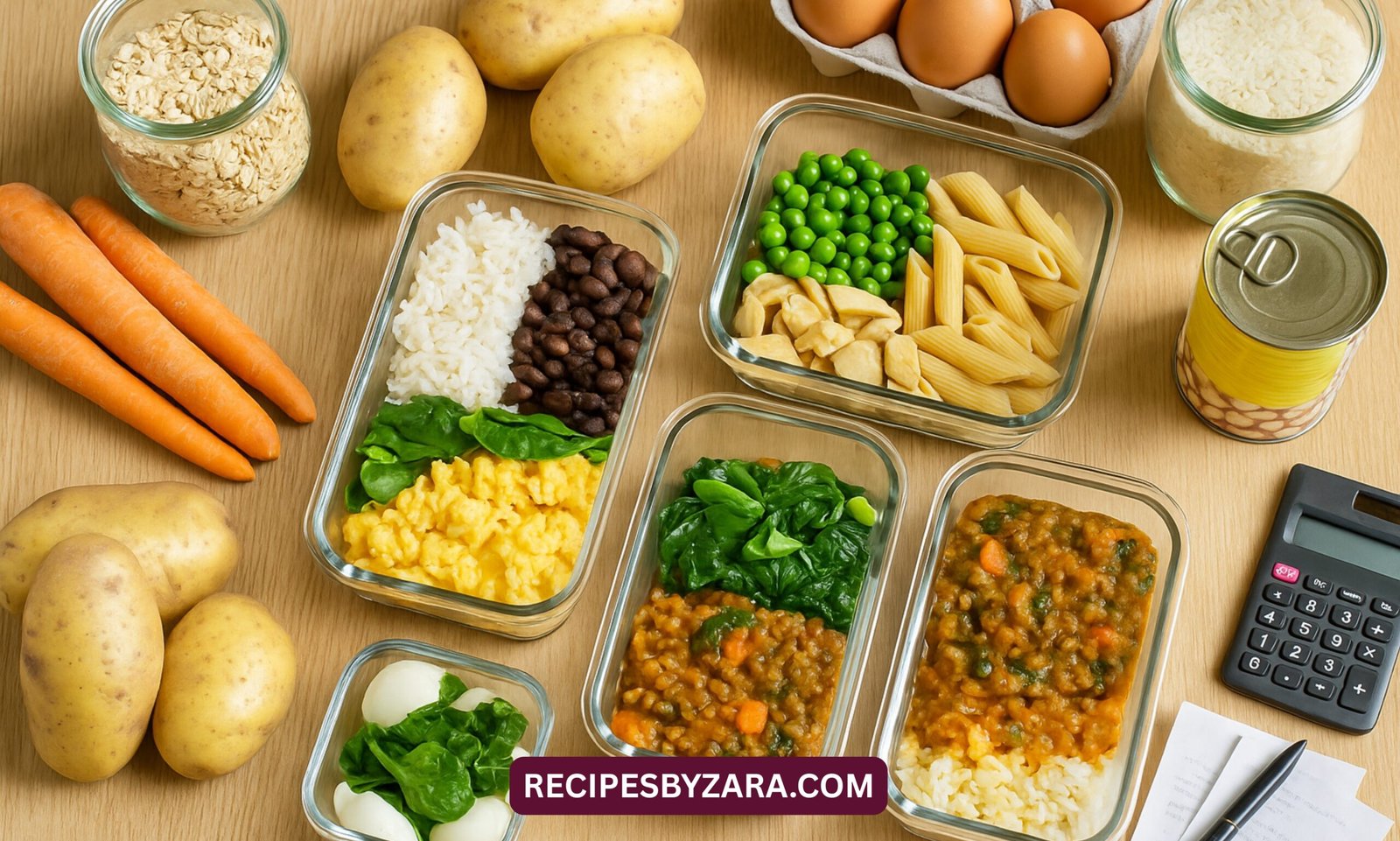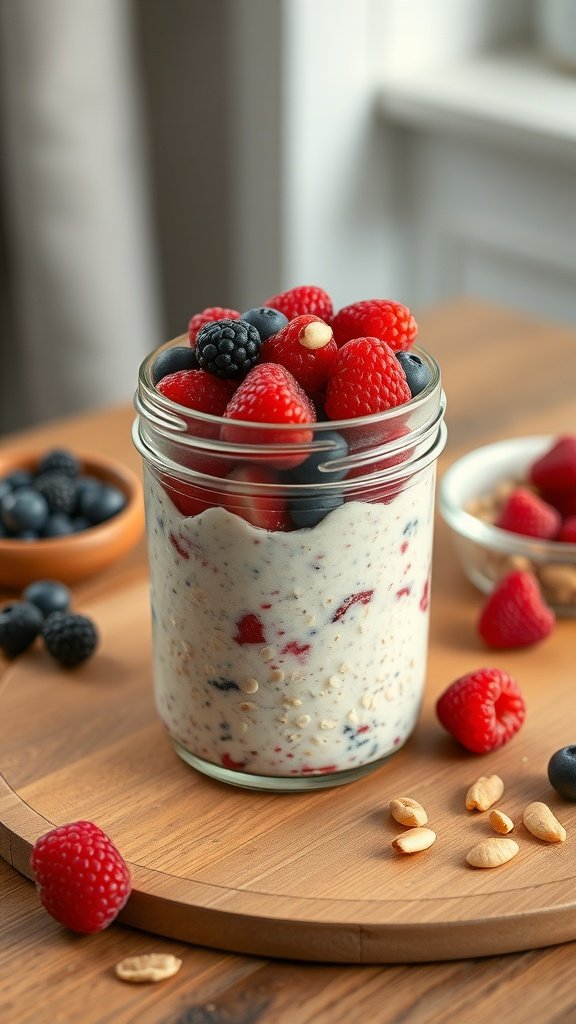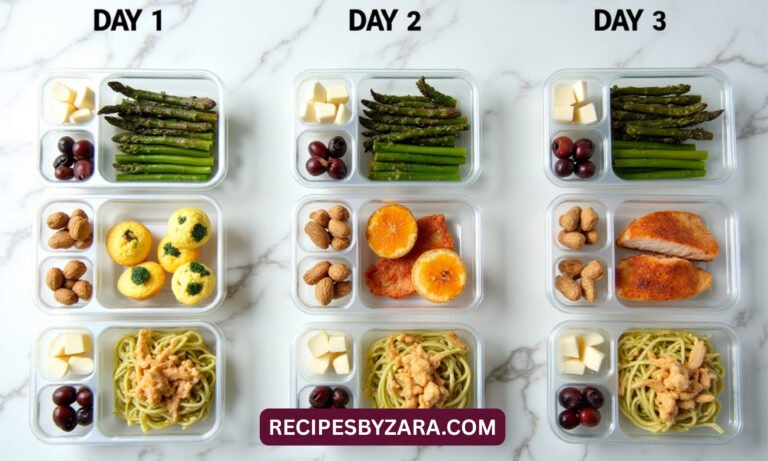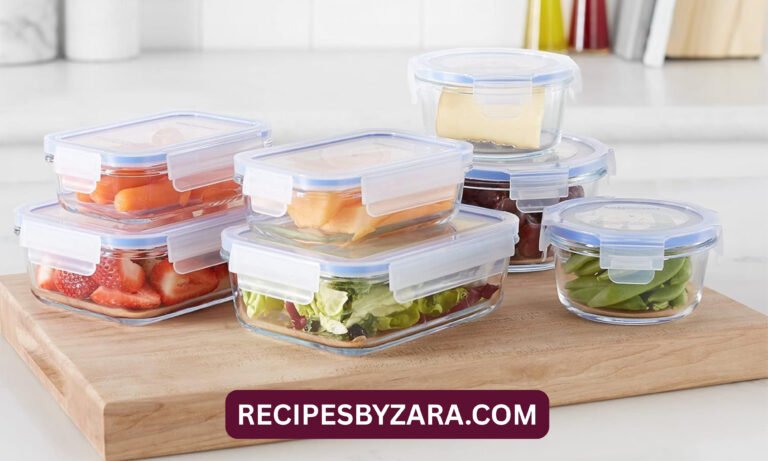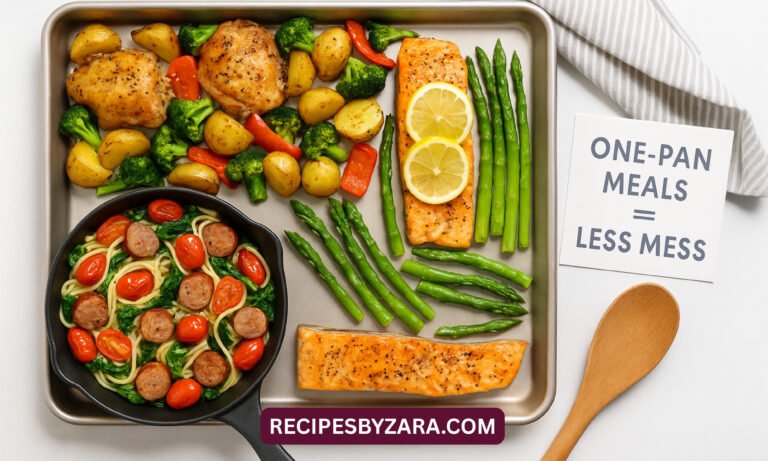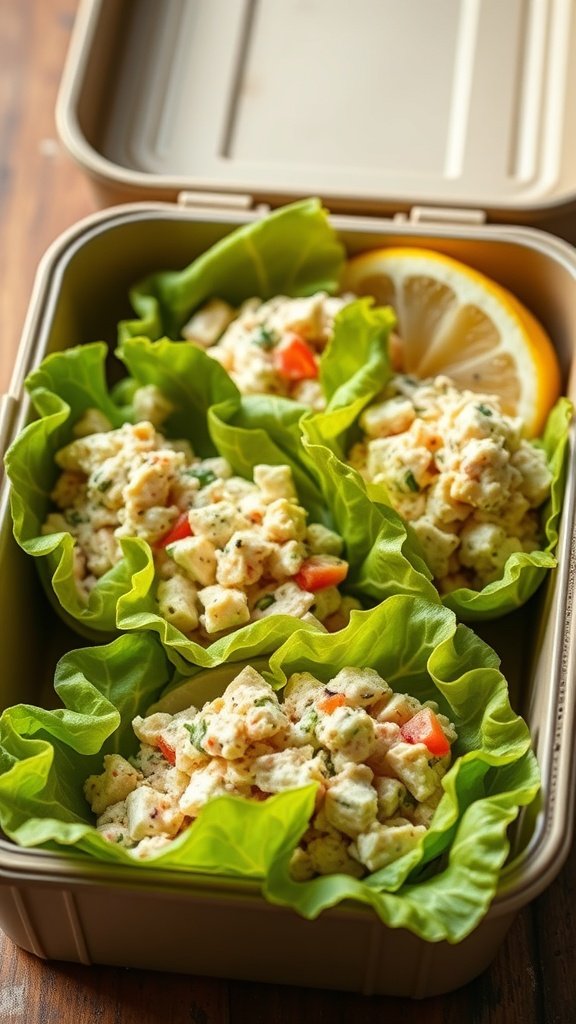Low Cost Meal Planning Smart Strategies for Healthy Eating on a Budget
Master the art of low cost meal planning with smart strategies, budget-friendly ingredients, and easy weekly templates. Save money, reduce waste, and eat healthier without sacrificing taste.
Eating well doesn’t have to be expensive. With the right approach, low cost meal planning can help you feed yourself or your family nutritious, satisfying meals while staying within a tight budget. Whether you’re a student, a working parent, or someone trying to cut food costs, learning how to plan meals strategically is the first step to saving big.
Meal planning not only helps control grocery spending but also saves time, reduces food waste, and minimizes the stress of daily cooking decisions. By making thoughtful choices ahead of time, you avoid last-minute takeout and make the most out of every ingredient in your kitchen.
This guide offers a complete walkthrough of how to succeed with low cost meal planning from picking affordable ingredients and building a weekly menu to storing food efficiently and avoiding common pitfalls. If you’re ready to save more and eat better, you’re in the right place.
1. Why Meal Planning Saves Money
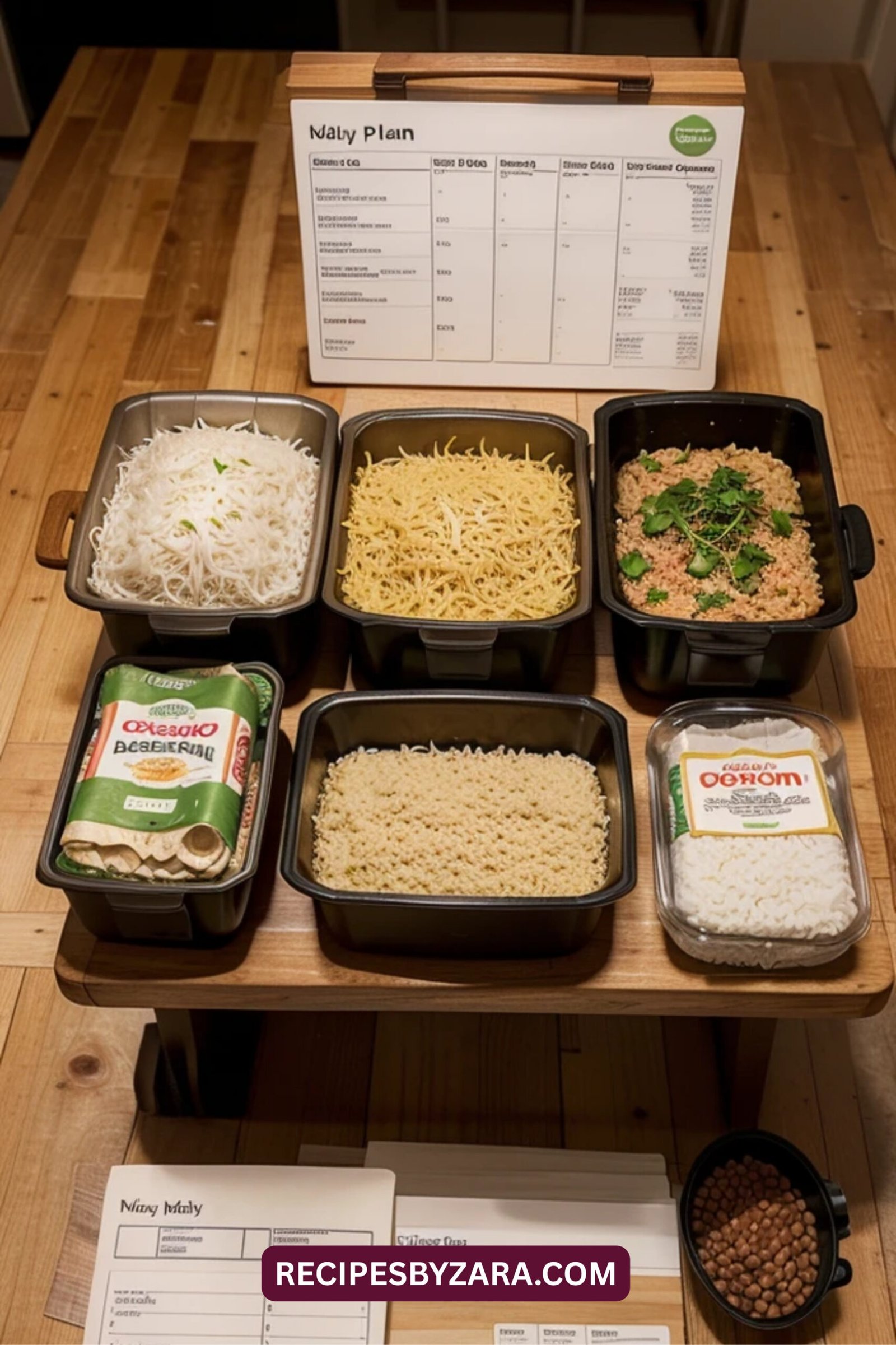
One of the most significant benefits of low cost meal planning is how effectively it reduces your overall food expenses. By knowing in advance what you’ll eat each day, you eliminate the need for multiple grocery trips or costly last-minute takeout. Sticking to a meal plan keeps you focused and accountable, so you’re less likely to impulse-buy snacks or overpriced convenience foods.
Meal planning also helps reduce food waste. When you shop with a list and buy only what you’ll use, you’re more likely to finish what you have before it spoils. Leftover ingredients can be worked into the next day’s recipe, allowing you to maximize every item and follow a more zero waste meal planning approach.
Cooking in bulk is another great way to stretch your dollar. Preparing large batches of soups, casseroles, or rice dishes lets you feed your household multiple times with a single cooking session. This is the foundation of batch cooking on a budget, which is ideal for anyone with a busy schedule or limited cooking time.
Finally, planned meals often come with more predictable nutrition and portion control. This helps reduce overeating and unnecessary snacking, which can also inflate food costs. With budget friendly weekly menus, you enjoy healthy, pre-decided meals that align with your goals while helping your wallet stay full.
2. Key Ingredients for Budget-Friendly Meal Plans
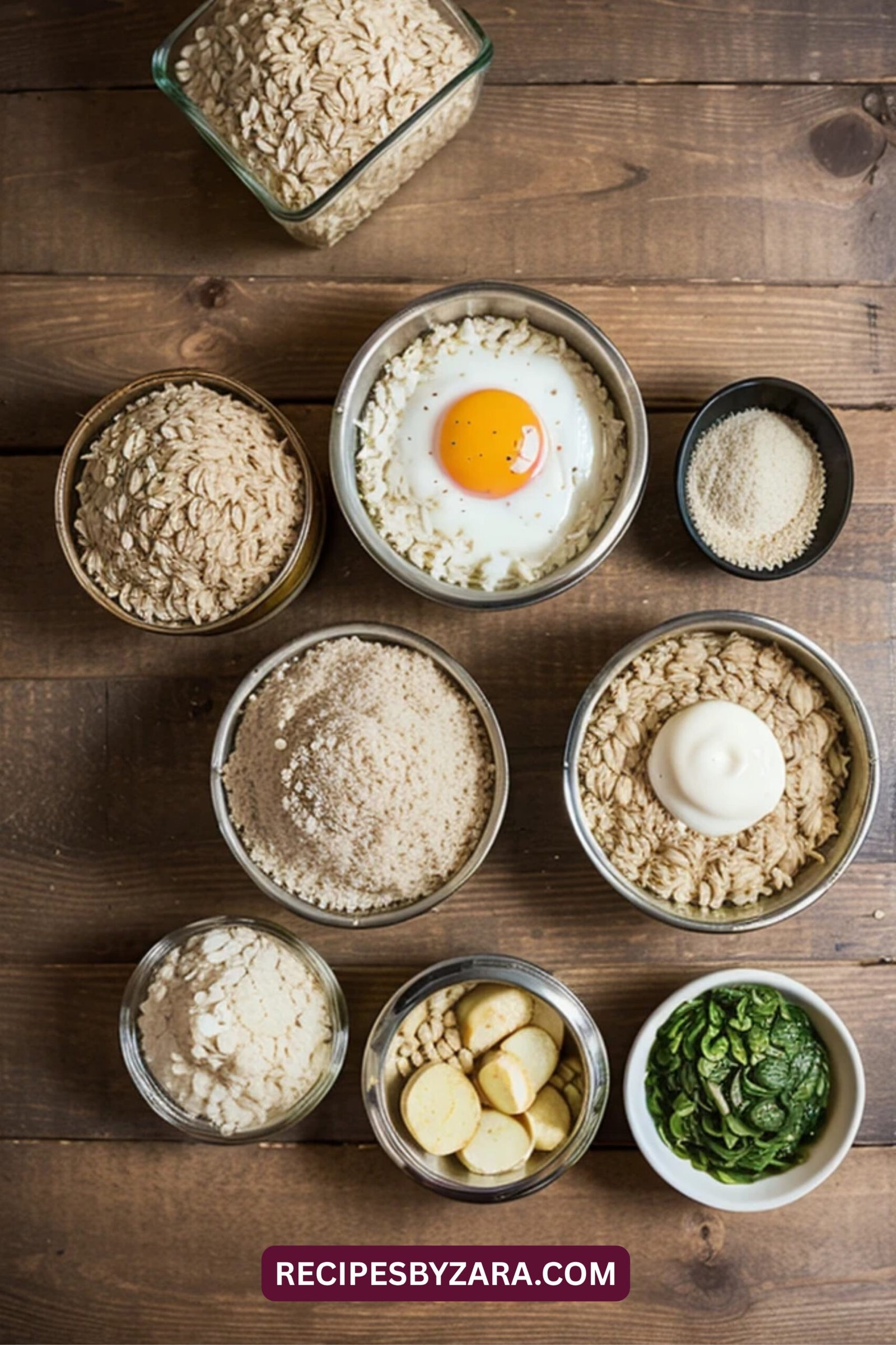
The success of any low cost meal planning routine lies in the ingredients you choose. You don’t need fancy or organic items to eat healthily. Start with affordable proteins like eggs, canned beans, tofu, lentils, and frozen chicken thighs. These options are versatile, nutritious, and keep well in the fridge or pantry.
Next, focus on smart carbs that provide energy and fiber. Oats, brown rice, whole wheat pasta, and potatoes are staples that cost very little but offer filling meals. These ingredients form the backbone of many budget meals under $5 and can be paired with almost any protein or vegetable.
For vegetables, buy produce that lasts and is in-season. Carrots, cabbage, spinach, onions, and frozen mixed veggies are all great choices. They not only add color and texture but also contribute vital nutrients to your diet. This kind of strategic selection leads to healthy low cost snacks and sides that you can prepare in minutes.
Finally, don’t underestimate the power of pantry staples. Items like garlic, soy sauce, tomato paste, vinegar, and dried herbs add depth and variety to your meals. Keeping a stocked pantry allows you to transform simple ingredients into flavorful dishes that support your frugal meal planning efforts.
3. How to Build a Low Cost Weekly Meal Plan
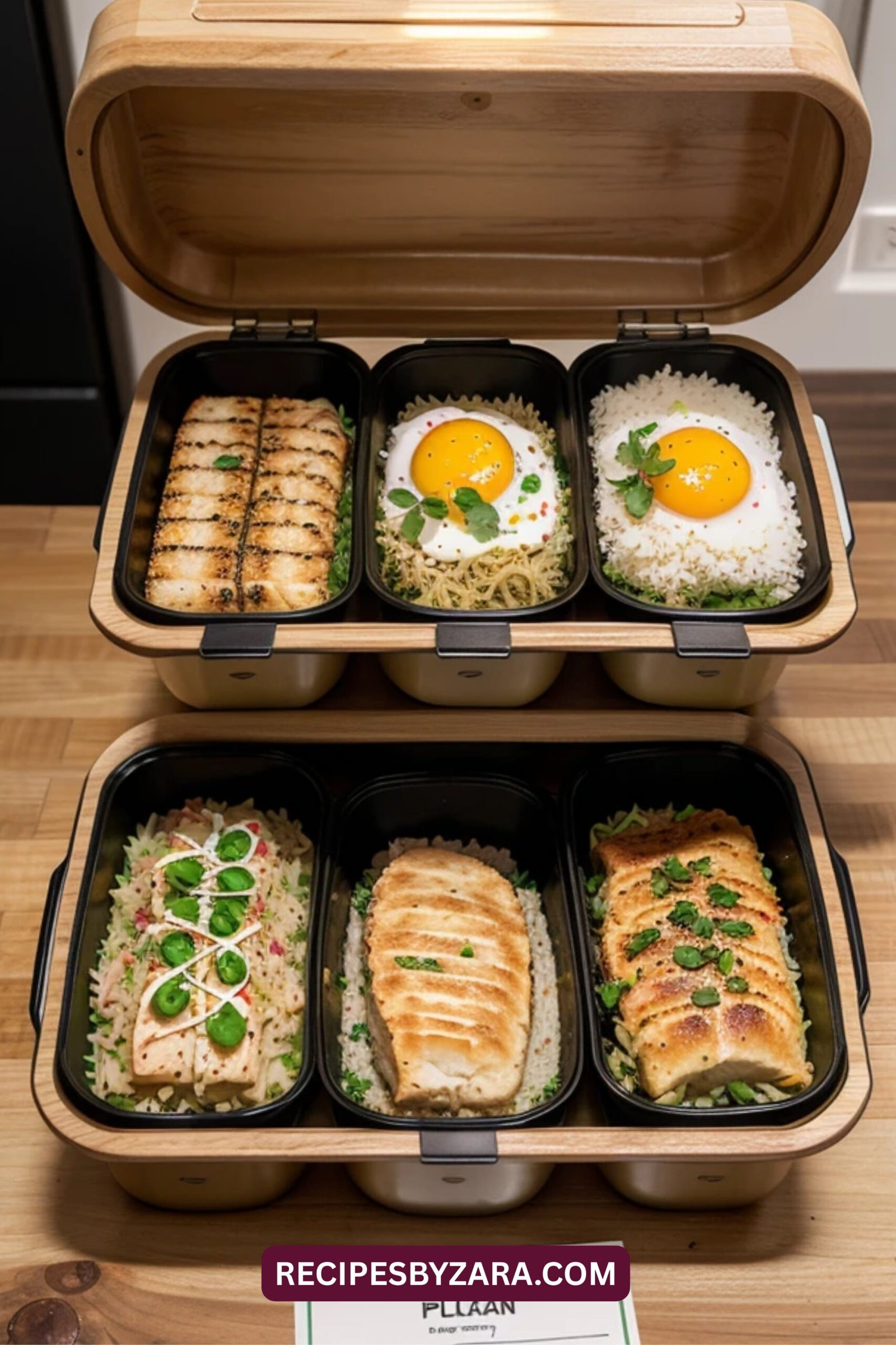
A successful low cost meal plan starts with structure. Begin by selecting 2 to 3 base proteins, such as beans, chicken, or eggs, and 2 to 3 grains like rice, oats, or pasta. These will form the core of your weekly meals and can be prepared in bulk. Using the same ingredients in different combinations helps reduce both cost and prep time.
Next, plan overlapping meals. For example, a batch of roasted veggies can be used in wraps, stir-fries, and pasta. Similarly, cooked lentils can be added to salads, soups, or tacos. This technique minimizes waste and supports simple meal planning on a budget by allowing you to prep smarter, not harder.
Batch cooking is essential. Set aside a day to cook multiple dishes that can be refrigerated or frozen. Label containers clearly and store portions in reusable containers to stay organized. This method is especially effective for building a weekly food plan for families that need quick grab-and-go meal solutions.
Use templates or digital spreadsheets to streamline the process. Whether you create a handwritten chart or download a printable meal plan cheap, having a visual guide keeps you on track and saves you from scrambling at dinner time. It also helps track what ingredients you still have, so you can avoid duplicate purchases.
4. Sample 3-Day Low Cost Meal Plan
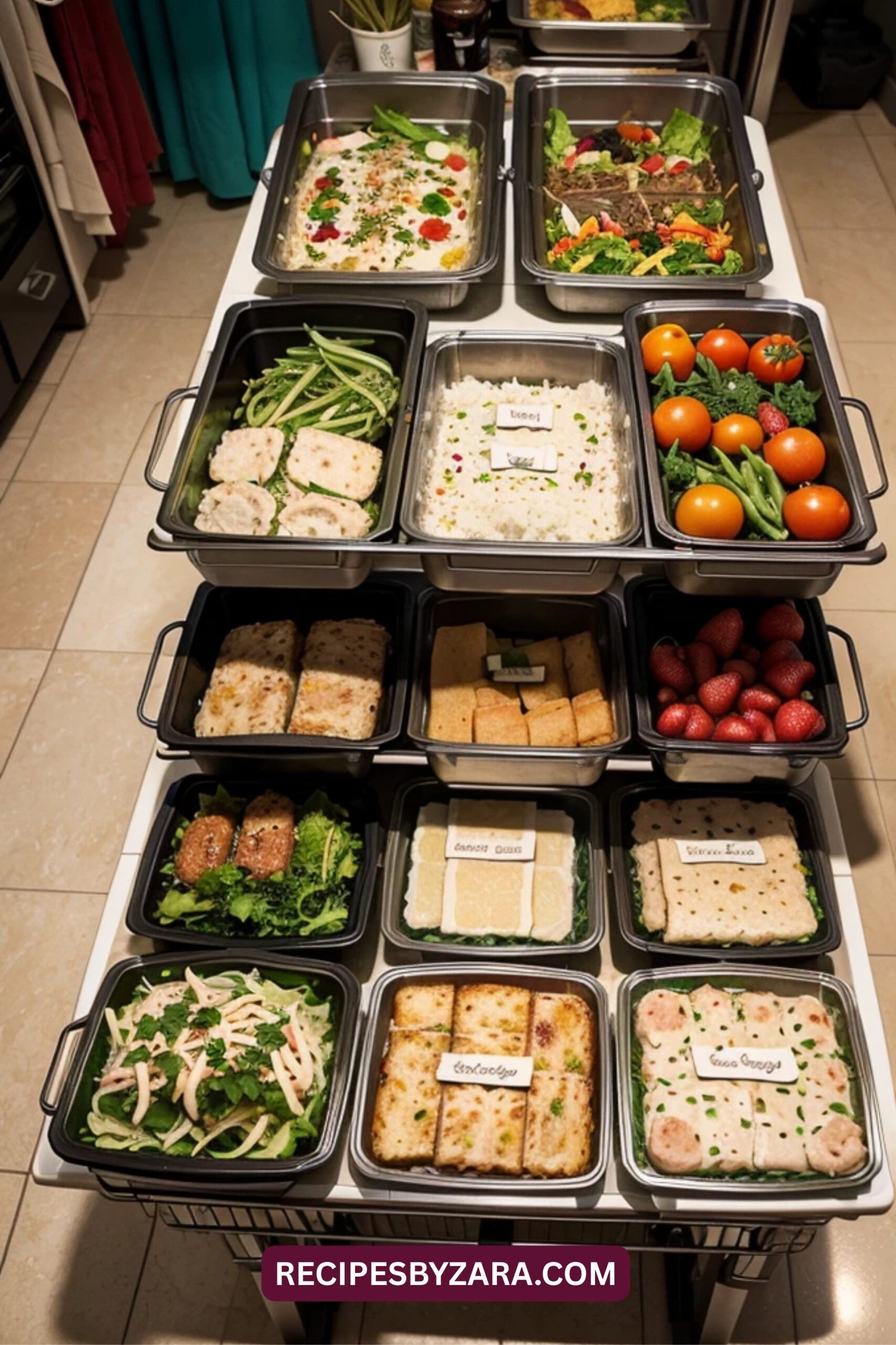
Creating a practical meal plan is one of the most effective ways to manage your food budget. With careful ingredient selection and smart combinations, it’s possible to eat well for less than $5 per person per day. A simple plan doesn’t require fancy ingredients, just thoughtful planning and a few pantry staples.
For example, a 3-day plan could begin with affordable and filling breakfasts like oatmeal with banana slices, scrambled eggs with toast, or yogurt mixed with oats and honey. These meals provide fiber, protein, and energy to start the day without adding strain to your wallet. They’re also easy to prepare in bulk, saving both time and money.
Lunches can be equally cost-effective with items like lentil and rice bowls, chickpea wraps with spinach, or tuna and rice with peas. These meals are rich in protein and fiber while making use of low-cost pantry ingredients. By rotating a few core items, you can keep things interesting without overspending.
Dinner options might include pasta with tomato sauce and vegetables, potato curry with rice, or stir-fried cabbage with eggs over leftover grains. Pair these with simple snacks like a boiled egg, a piece of fruit, or homemade trail mix to round out the day. With low cost meal planning, eating healthy doesn’t have to be expensive or complicated.
5. Common Mistakes in Low Cost Meal Planning

Even the best plans can fall short if you overlook a few critical steps. A common mistake in low cost meal planning is not checking your pantry before shopping. This often leads to buying duplicates and missing out on using what you already have.
Another issue is choosing recipes with too many specialty items. Meals that require uncommon ingredients can increase your grocery bill quickly. Instead, aim for minimal ingredient meals that still offer flavor and nutrition without overcomplicating things.
Skipping meal prep days can derail your plan, especially when you’re too tired to cook after work. Make a habit of prepping on a day off or setting aside a quiet evening to prepare ingredients. Following a consistent meal plan for beginners makes it easier to develop lasting habits.
Lastly, not taking advantage of sales and seasonal produce can limit your savings. Building your meals around discounted or in-season items helps keep your budget friendly grocery list fresh and affordable. Always review weekly flyers and farmer’s market deals before finalizing your menu.
6. Tips to Make Low Cost Meals Taste Great

Eating cheap shouldn’t mean sacrificing flavor. Simple cooking techniques and pantry staples can elevate your dishes. Use fresh herbs, garlic, lemon, vinegar, and spices to turn basic foods into satisfying meals. This is how you turn easy low cost meals into something you’ll look forward to eating.
Cooking from scratch, when possible, is a game-changer. Making your own sauces, dressings, and even snacks like granola bars can significantly cut down on costs. It also lets you control ingredients and avoid unnecessary additives, supporting clean eating on a budget.
Frozen and fresh produce both have their place. Frozen vegetables are often cheaper and just as nutritious, making them a staple in pantry meals and quick stir-fries. Blend both for balance and variety across your meal plan.
Lastly, proper storage makes a difference. Keep herbs in water, store leftovers in airtight containers, and freeze extras. This helps preserve flavor and reduce waste, making your freezer friendly low cost meals more enjoyable and long-lasting.
Conclusion
Low cost meal planning is more than just a way to cut grocery billsit’s a lifestyle shift that supports healthier eating, reduces waste, and simplifies your routine. By planning ahead, buying smart ingredients, and cooking in bulk, you can save both time and money while still enjoying flavorful meals.
Whether you’re planning for yourself or feeding a family, building a consistent system that fits your needs is key. Start small by prepping just a few meals a week, then scale as you gain confidence. Use printable templates or digital trackers to stay organized and intentional with your food.
With the right mindset and structure, low cost meal prep becomes a reliable tool that helps you eat better, stress less, and free up your budget for other essentials. All it takes is a little planning and creativity to make healthy, affordable eating a long-term habit.
FAQs
Q1: How much money can I save with low cost meal planning?
Meal planning can easily save $50 to $100 per month per person, depending on how much you typically spend on takeout or unplanned groceries. It reduces waste, keeps you focused on what you need, and encourages bulk cooking.
Q2: What are the best meals to prep on a tight budget?
Chili, lentil curry, pasta with veggies, stir-fries, and egg-based dishes are some of the most affordable and meal-prep-friendly recipes. These meals work well for batch cooking on a budget and are easy to customize.
Q3: Can I make a meal plan without cooking every day?
Yes. You can prepare once or twice a week and store meals in the fridge or freezer. Using a meal plan for beginners with 2 to 3 batch recipes makes the process simple and sustainable.
Q4: Is it possible to eat healthy on a low cost meal plan?
Absolutely. By focusing on whole grains, legumes, vegetables, and minimally processed foods, you can create healthy budget recipes that meet nutritional needs without spending a fortune.
Q5: How can I meal plan for a family of four under $100/week?
Stick to versatile, bulk ingredients like rice, beans, pasta, eggs, and frozen vegetables. Create a weekly food plan for families that reuses ingredients in multiple meals and utilizes batch cooking.
Q6: What tools help with low cost meal planning?
Meal planning templates, grocery list apps, freezer inventory sheets, and printable calendars are all helpful. Use whatever works for your routine to stay organized and support frugal meal planning long-term.
